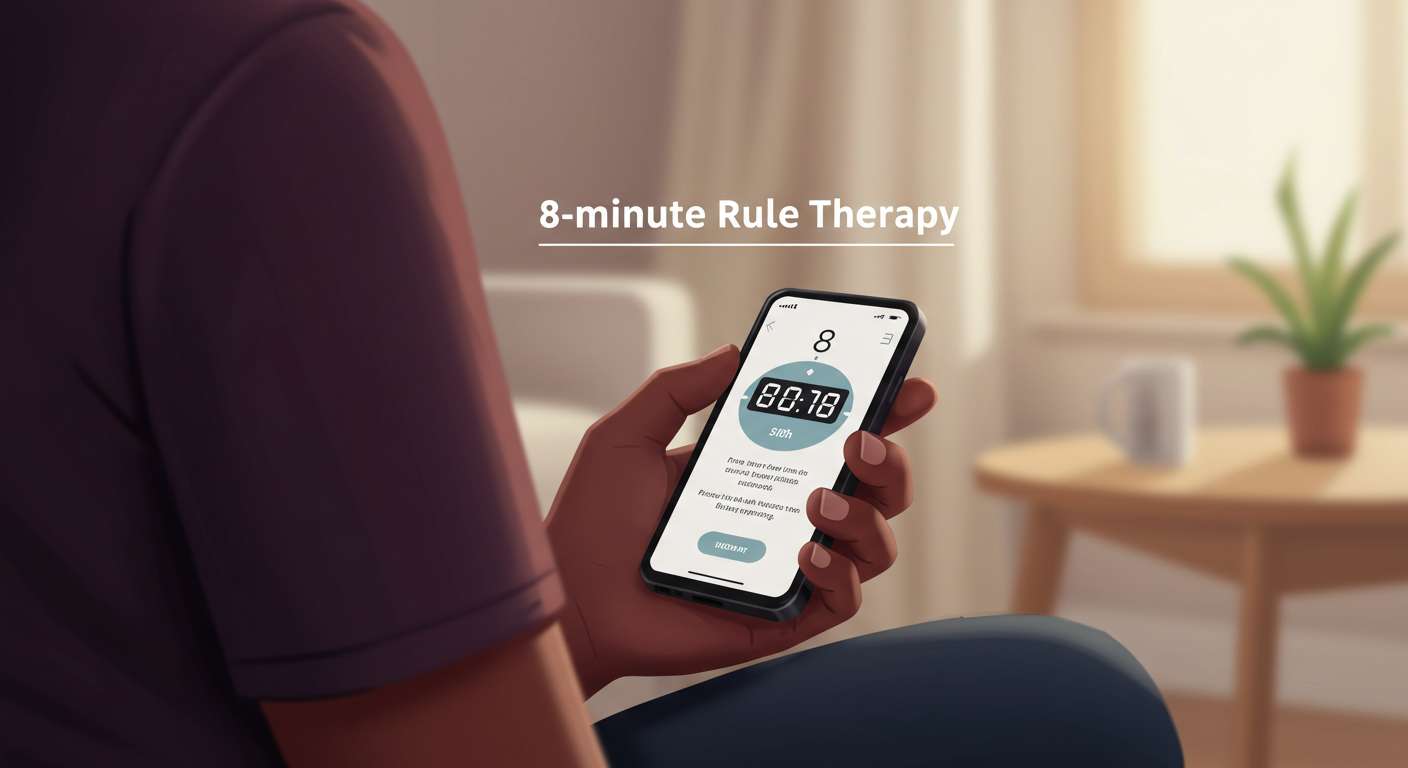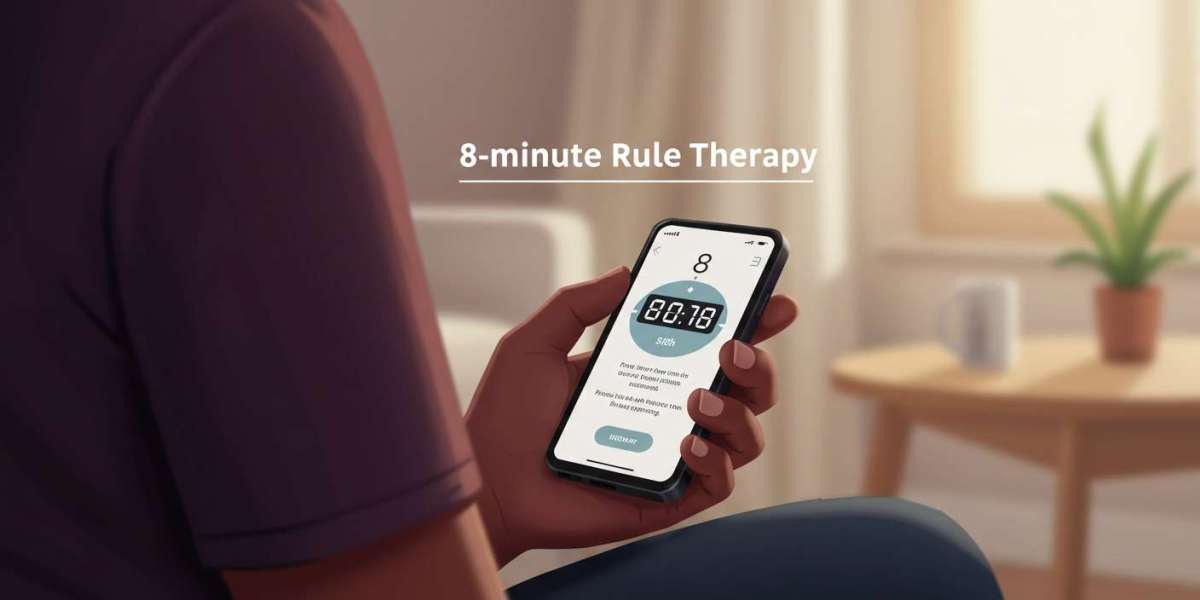If you've ever looked closely at a physical therapy or occupational therapy bill, you may have noticed units of time assigned to each treatment. One of the most important billing guidelines behind this is Medicare's 8-minute rule, a policy that determines how therapists should bill for time-based services. It's not just a technical detail; it plays a major role in making sure providers get fairly reimbursed and patients are accurately charged.
In this article, we'll walk through what the 8-minute rule is, who it applies to, why it matters, and how to use it properly, whether you're a provider, administrator, or someone simply trying to understand a therapy claim.
What Is the 8-Minute Rule?
The 8-minute rule is a Medicare billing policy used for outpatient therapy services. It helps therapists determine how many billable units they can report for services that are timed, meaning they're billed based on the actual number of minutes a therapist spends working one-on-one with a patient.
This rule ensures that billing accurately reflects the time a therapist is actively engaged in direct care. Unlike flat-rate or service-based billing, this time-based approach makes it easier to measure value, justify care, and ensure fair reimbursement.

Why Does the 8-Minute Rule Exist?
The 8-minute rule was introduced to prevent inconsistencies in therapy billing. Before Medicare standardized it, providers might overestimate or round time unevenly, which led to billing disputes and financial loss on both sides. By implementing a clear structure, Medicare created a system where therapists could track their treatment time and be reimbursed accordingly.
It also reduces ambiguity. With strict thresholds, providers know exactly when a minute counts toward a billable unit. And for insurance payers and patients, it adds transparency and helps avoid overbilling.
Who Uses the 8-Minute Rule?
Medicare is the most well-known user of the 8-minute rule, but other insurers, including some Medicaid programs, workers' compensation carriers, and private insurance companies, have adopted similar guidelines.
That said, not all payers follow the exact same model. Some private insurers use a midpoint or rounding method, so it's important to confirm individual payer policies before applying this rule across the board.
The rule primarily applies to:
- Physical therapists
- Occupational therapists
- Speech-language pathologists
How Does the 8-Minute Rule Work?
The rule is based on time-based CPT codes, which include services that are billed in 15-minute increments. A therapist must provide at least 8 minutes of a single timed service to bill one unit. From there, additional units are allowed as the total minutes increase, following specific ranges.
Here's a simplified reference of how many units may be billed based on total therapy time.
- 8 to 22 minutes — 1 unit
- 23 to 37 minutes — 2 units
- 38 to 52 minutes — 3 units
- 53 to 67 minutes — 4 units
- 68 to 82 minutes — 5 units
This breakdown is essential for any practice managing Medicare patients or using time-based billing. Missing the mark, even by one minute, can result in a unit being denied or flagged in an audit
What Services Are Covered Under the 8-Minute Rule?
The 8-minute rule only applies to time-based codes, not service-based codes. A time-based code involves direct, one-on-one patient care, and is defined by how long the service is performed. Service-based codes, on the other hand, are flat-rate and billed once per session, regardless of time.
Common time-based CPT codes affected by the rule include:
- 97110 — Therapeutic exercises
- 97112 — Neuromuscular reeducation
- 97140 — Manual therapy
- 97530 — Therapeutic activities
- 97535 — Self-care and home management training
- 97542 — Wheelchair management
- 97116 — Gait training
In contrast, evaluation codes like 97161 (physical therapy evaluation) and 97165 (occupational therapy evaluation) are billed per session and not influenced by time spent.
Example Scenarios: Applying the 8-Minute Rule
Scenario 1: Physical Therapy for Post-Surgical Recovery
A physical therapist spends 15 minutes on therapeutic exercises and another 10 minutes performing manual therapy. That's 25 total minutes of billable time. Under the 8-minute rule, the therapist can bill 2 units.
Scenario 2: Occupational Therapy for Stroke Rehab
An occupational therapist spends 7 minutes helping a patient with grooming tasks and 9 minutes on neuromuscular reeducation. The 7-minute service doesn't qualify, but the 9-minute service does. In this case, only 1 unit is billable.
Scenario 3: Multiple Short Treatments
Let's say a therapist performs three separate timed services:
- 10 minutes of therapeutic exercise
- 8 minutes of gait training
- 6 minutes of manual therapy
Only the first two services reach the 8-minute threshold, for a total of 18 minutes. According to the rule, 1 unit can be billed for that total time.
Common Mistakes in 8-Minute Rule Billing
Therapists and billing teams often run into errors with this rule. Some of the most frequent mistakes include:
- Counting non-billable time such as rest periods, setup time, or documentation. These should not be included in the total.
- Incorrectly rounding up time under 8 minutes.
- Not specifying time per CPT code, which is crucial for audits.
- Billing service-based codes as timed codes, which can lead to claim denials.
Accurate documentation is the key to proper billing. Every minute counted toward a unit must be justified through clearly written clinical notes.
Tips for Therapists and Billing Staff
If you bill for outpatient therapy services, here are a few practical ways to stay compliant and efficient:
- Use timers or EMR tools to track minutes in real-time.
- Break down time by CPT code, not just total session time.
- Stay updated on payer policies, as private insurers may vary slightly.
- Train your team regularly to spot common errors.
- Audit yourself monthly to ensure documentation supports billing.
Why the 8-Minute Rule Still Matters
Even after years of use, the 8-minute rule remains one of the most misunderstood policies in outpatient therapy billing. Yet it's also one of the most important. Not only does it help therapists get paid fairly, but it also protects providers from costly billing errors.
In a field where every minute of care matters, especially for patients recovering from surgery, strokes, or chronic conditions, this rule provides a reliable standard.
Whether you're new to therapy billing or refining your clinic's documentation process, mastering the 8-minute rule is essential. It's not just about numbers; it's about delivering care confidently and getting compensated accurately for it.

![Unveiling the Potential of Pharmaceutical Contract Manufacturing in [2024]](https://www.flexsocialbox.com/upload/photos/2024/05/t6Aem3oAVXoEd9fZKnv7_09_70eeac22c0e7e497e1f834c02aa2ba7c_image.jpg)

